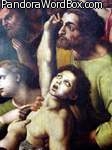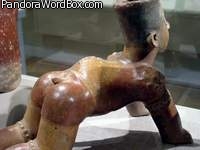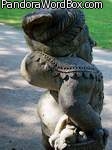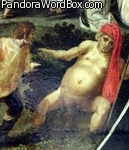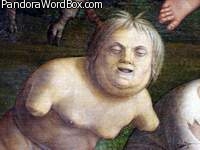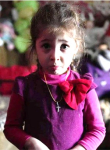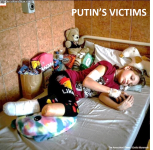Our websites offer information mostly for educational purposes with no intent to alter health care protocols nor to serve as a sole source of medical information.
Always seek the advice of your local health care provider.
|
×  Get the Point! PAIN – WOMAN – UKRAINE – PUTIN MOTHER – SISTER – SPOUSE – MOTHER RUSSIAN WAR – HOLOCAUST – GENOCIDE |
DISEASE
Dis Disability Disorder
Homeostasis
Vital Vitality Salubrity Health
DISEASE or to be ILL, or to have an AILment, is to be "NOT at EASE". For early Christians, to be SICK implied that a demon or vampire drained the VITality of the victim. DIS implies separation, as in DISsolve, DIScourage, DISease, DISability, and DISorder. The ancients linked DISEASE to DIS, who ruled in HADES or the underworld. DIS DISociated mortals from their VITality. Those who lose their salubrity, or health often feel separated from their VITAL resolve, courage, sense of ease, or ability to order or control their capabilities.
Organic DISeases cause physical SIGNS perceptible by others. Functional DISeases result in SYMPTOMS that patients report to others. One example of both is an altered PSYCHE, which may cause some to complain and others to behave abnormally, and be called "insane" or having a mental disease.
DISEASE in Ukrainian is KHOROBA and JOROBA, in Spanish is HUMP or GIBBUS. KHOROBA and JOROBA underscore the idea of being "burdened", and HUMP conveys ideas of bend or bent. Since antiquity, people had a HUNCH that a HUMP was a sign of a serious disease later called tuberculosis. Artists also knew that humps were common among gnomes.
Many legends perpetuate the HUNCH that touching a HUMP of a HUNCHBACK may bring good fortune. This HUNCH is probably rooted in the idea that GNOmes, being small, KNOw where treasures are hidden. GNOme, dwarf, midget, pigmy, leprechaun and elf are a few of many words that describe various sorts of "little people". Short stature syndromes are complex and several illustrated overviews are dedicated to this subject. In any case, consider if "little people" are "dis-ease-d", and if not, are they "normal"? This question underscores core issues of what is the meaning of "disease". Most physicians think of disease as an active process associated with diminished stability or homeostasis.
It is self-evident that sub-optimal VITtal STAbility implies a lessened chance for surVIVAL. Many DISeases DISsolve some degree of VITality or homeoSTAsis, a concept concerned with biologic STAbility or health. To avoid DISsolving the VITality of this review, further comments about DISease are omitted except to afFIRM that inFIRMity implies "less firm" or less "STAble" and therefore, this point of view is consonant with the idea of a diminished homeoSTAsis. On the other hand, missing teeth or an amputated leg are rather STAtic conditions that my cause a DISability but may not diminish the homeoSTAsis and therefore are rarely if ever called a "disease".
"Natural" healing occurs when DISeased organisms recover their homeostasis, and become "healed" or "healthy". Other ailments cause a permanent scar (sequelae) or diminished homeostasis, and the organism remains DISabled or DISfunctional. The FATe of organisms with FATal disorders implies that loss of homeostasis needed to uphold VITal FUNCTions cannot prevent the organism from becoming deFUNCT.
W. Wertelecki, M.D. 2009



